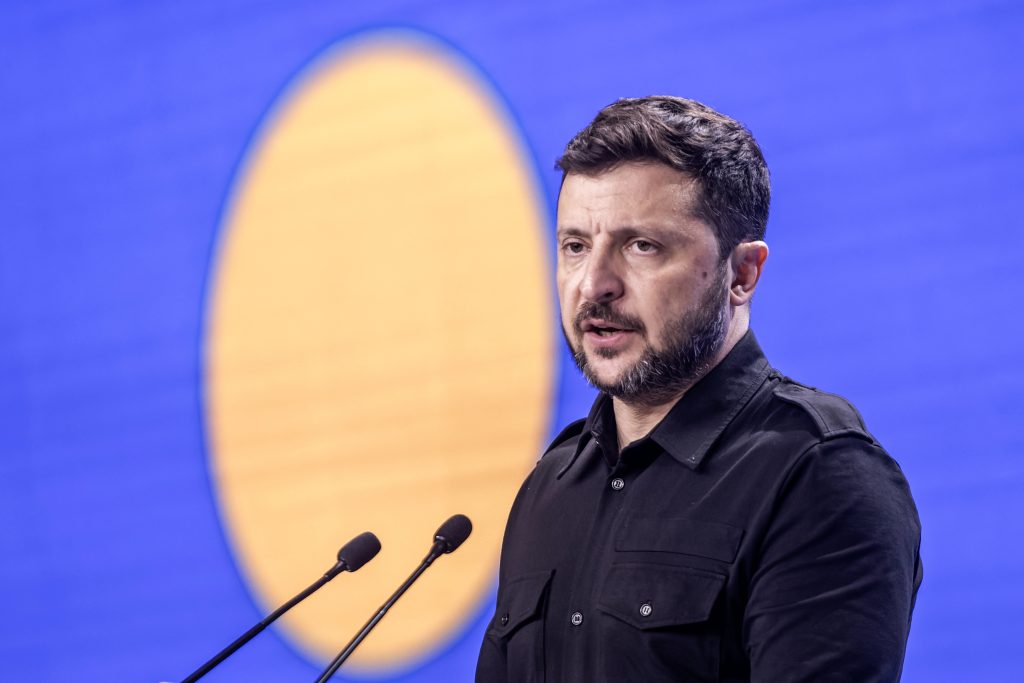
How do you reconcile a morning when more than 300 missiles and drones strike a city and destroy homes, schools, and the devastating loss of a 6-year-old child? The latest Russian aerial assault on Kyiv wasn’t a news headline it was a strategic bombing of the hub of civilian life designed to drive defenses to the breaking point and, according to President Zelenskyy, “very vile and specially calculated to overload the air defense system.”
For readers worldwide observing from afar, the scale of violence, the human toll, and the determination of the pursuit of justice can be daunting. But even during the worst of times, there are ways of anchoring hope, framing things in perspective, and showing up for those struck hardest.

1. The Scale and Tactics: A Relentless Barrage
The numbers themselves are astounding: over 300 drones launched in one night, and at least six missiles, striking not just military sites but 27 targets in Kyiv. This is not a case of random war it’s a campaign. As outlined by military strategists, the Russian plan is all about “coercive airpower: overwhelming Ukrainian air defenses and hitting civilian targets and infrastructure to compel Kyiv to halt the war.”
Low-cost Shahed drones, now produced in Russia in quantity from Chinese and smuggled Western components, make possible near-nightly attacks. Even with Ukraine’s stunning 80–85 percent shoot-down rate, that leaves dozens of drones getting through, and they often strike civilian homes, hospitals, and schools. The aim? To drain resources, sap morale, and keep the pressure on both the battlefield and at the negotiating table. Russia’s shifting drone strategy has changed the face of war itself.
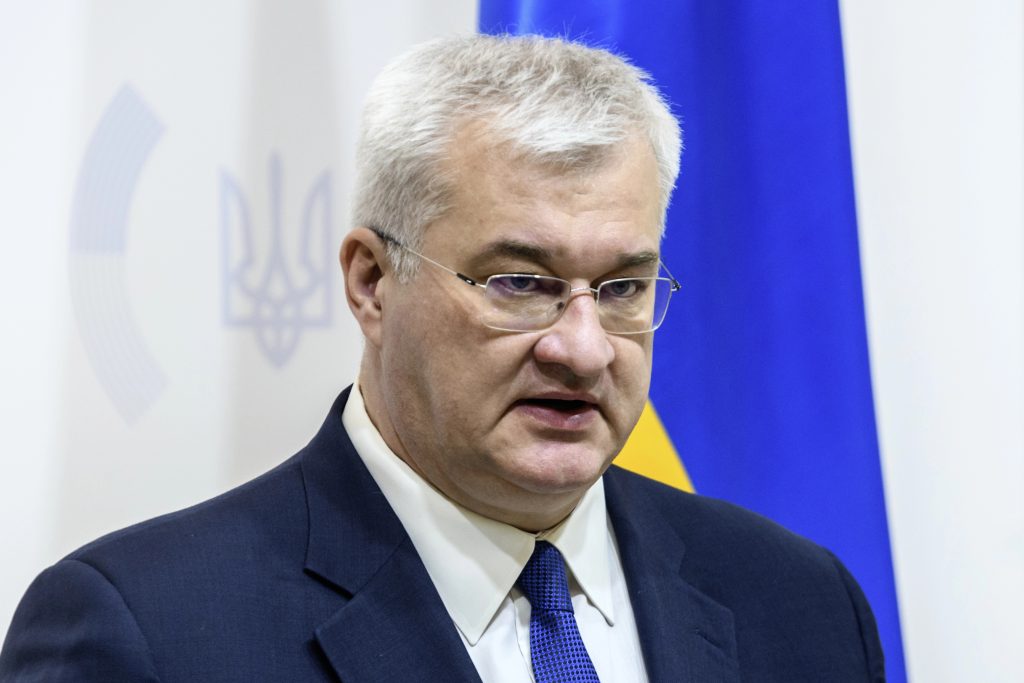
2. Damage to Civilians: The Human Toll Off the Headlines
The impact is grimly concrete. In Kyiv’s Sviatoshynskyi district, a residential building was hit directly, killing six individuals a young boy among them and at least 64 others were hurt, nine of whom are children. “The monstrous Russian bombing razed entire residential complexes and destroyed schools and hospitals. Civilians are wounded and killed,” said Ukraine’s foreign affairs minister, Andrii Sybiha. These aren’t isolated incidents.
Since the onset of the mass invasion, up to 13,580 Ukrainian civilians, including 716 children, have been reported dead, while the UN documents a 54% increase in civilian casualties during the first half of 2025 alone. The destruction is widespread far beyond Kyiv, with Donetsk, Kharkiv, and Kherson among the cities also subject to continuous bombardment. Civilian deaths and destruction of property are now a daily reality for millions.

3. Legal and Moral Outrage: Attributing the Strikes to be War Crimes
Ukrainian officials have been unequivocal: “It is not only a crime but another sign that Russia is deliberately conducting war against Ukrainian people. Its targets are our homes, our children, and our mere right to live peacefully in our own country,” said Ruslan Stefanchuk, a Ukrainian parliament chairman. International law is clear intentional attacks on civilians and civilian objects are war crimes.

The International Criminal Court has already issued arrest warrants against top Russian officials for committing crimes that range from illegal deportation of children to striking civilian targets. The European Parliament called for “there can be no impunity for violations of human rights, war crimes, or other breaches of international law committed by Russian forces and officials.” Legal accountability and ongoing investigations are being pursued, with more and more coming on board asking for a special tribunal to try the crime of aggression.
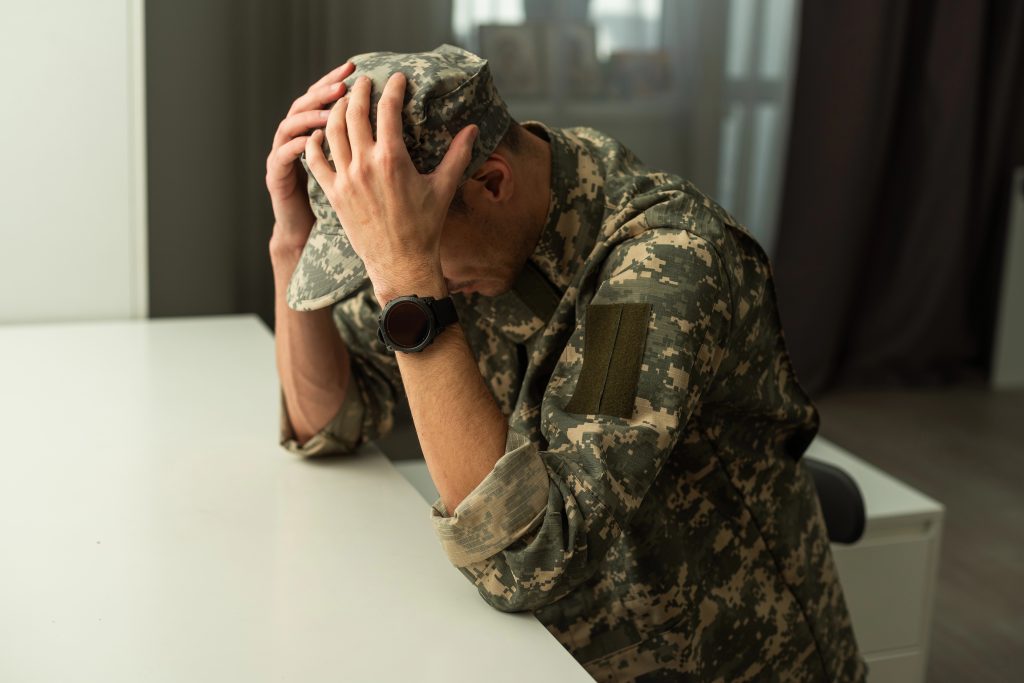
4. Coping with Upsetting News: Mental Health Tactics
For the survivors of these attacks and for civilians around the world watching in horror the psychological cost is staggering. A study out of Ukraine shows while many are extremely resilient, those directly exposed to violence, forced displacement, or severe difficulty find heightened anxiety, depression, and trauma symptoms. MSF psychologist Tetiana Baranets says, “Men also feel powerless and helpless. Of course it affects their mental health.”
Their emotions need to be tended to because it affects their families, too, as well as themselves. Helpful strategies for managing are staying in touch with loved ones, seeking professional counseling, and support from the community. Psychological first aid following airstrikes such as staying with, listening, and emotional confirmation can a great deal of good. Mental health support and resilience are necessary, not just for survivors but for everyone who feels the weight of these tragedies.
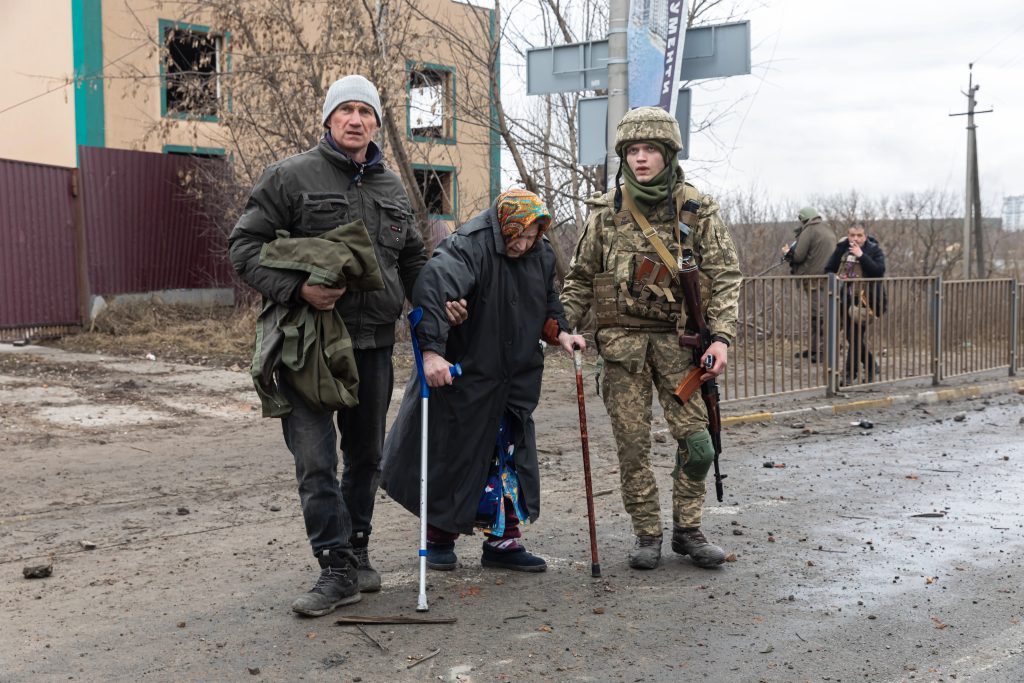
5. Assisting Ukrainian Civilians: What You Can Do
Feeling powerless can be infuriating, but there are concrete steps you can take to make a difference. Documented humanitarian organizations such as Doctors Without Borders (MSF), the International Red Cross, and local Ukrainian NGOs are providing emergency aid, medical care, and mental counseling.
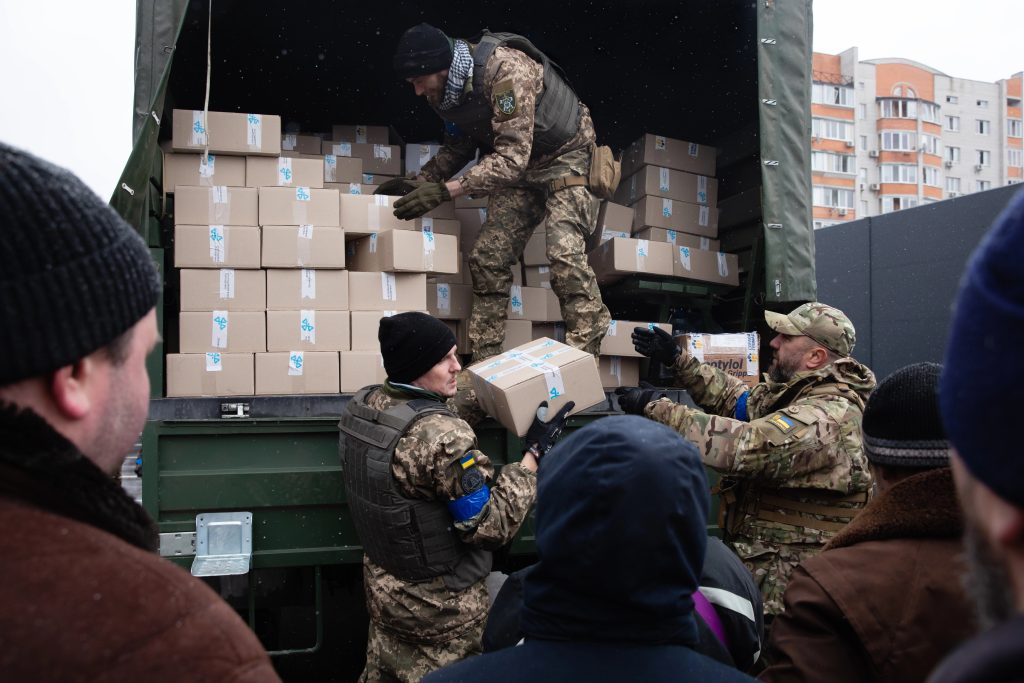
Donating to these charities directly funds lifesaving work, from village mobile clinics along the frontlines to group therapy for children who are experiencing trauma. The UN continues to demand “safe, rapid and unimpeded passage of humanitarian relief to all civilians in need, in accordance with International Humanitarian Law.” Perhaps one of the most helpful things concerned readers can do is help support humanitarian aid channels.

6. The Future: International Law and Accountability
The search for justice continues. The jurisdiction of the ICC now fully encompasses Ukraine, and arrest warrants have been issued to top Russian officials accused of war crimes and crimes against humanity. The international community is calling for a special court to address the crime of aggression because it recognizes that “the systematic and deliberate attack against civilians and, in particular, the deportation of children could constitute a genocidal plan masterminded by Moscow.”
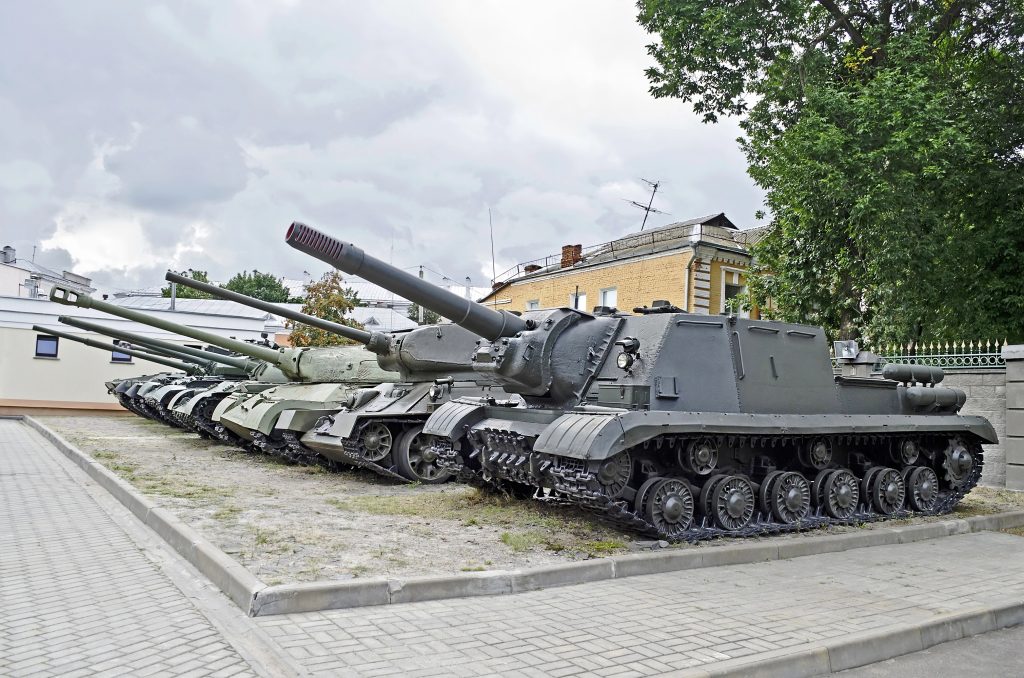
European Commission President Ursula von der Leyen bluntly declared, “When Russia choose to roll its tanks over Ukraine’s borders, breaking the UN Charter, it committed one of the most egregious violations: The Crime of Aggression.” Now justice is coming. International systems of accountability are more robust than ever before, and the evidence is painstakingly being assembled.War trauma exists, but so too does the resilience of those who endure it and the support of a world that won’t look away. As headlines stitch fresh sorrow into the fabric, quiet acts of solidarity, momentary glimpses of humanity, and the never-ceasing drive toward justice remind us that hope never disappears.


